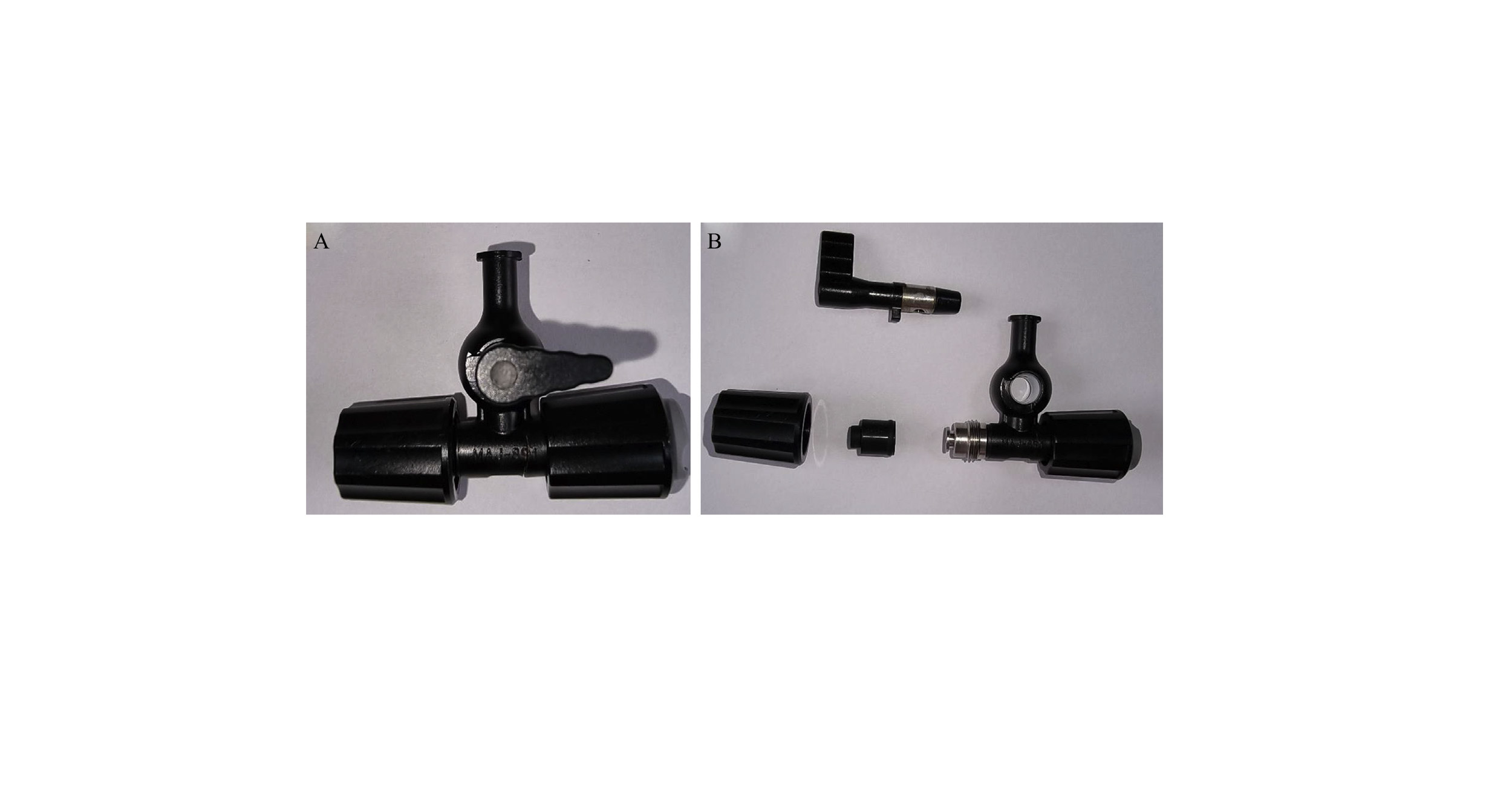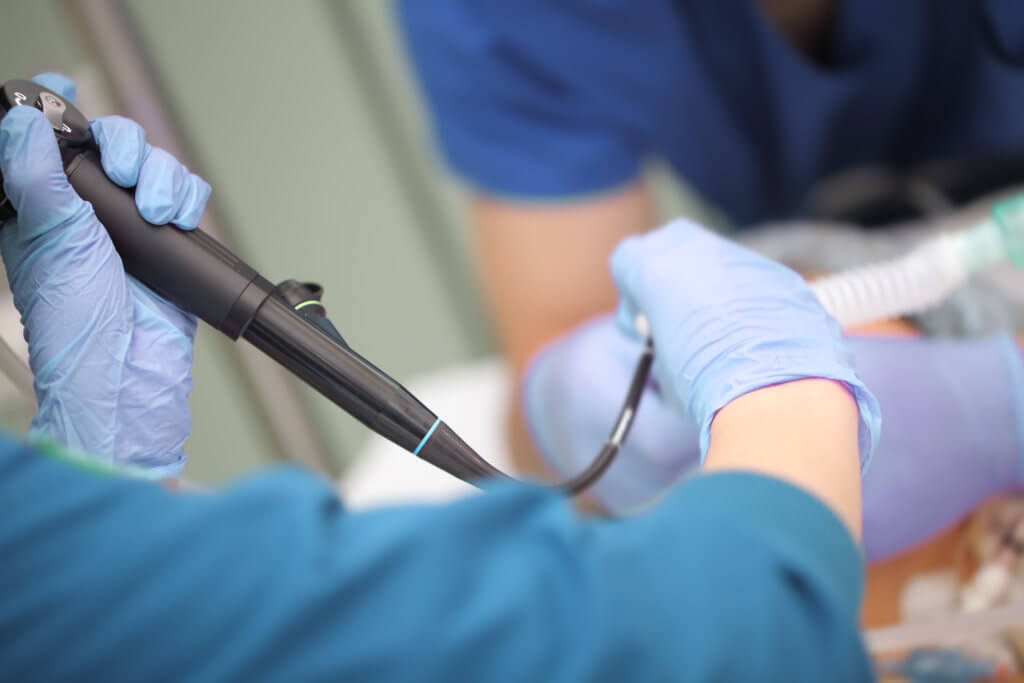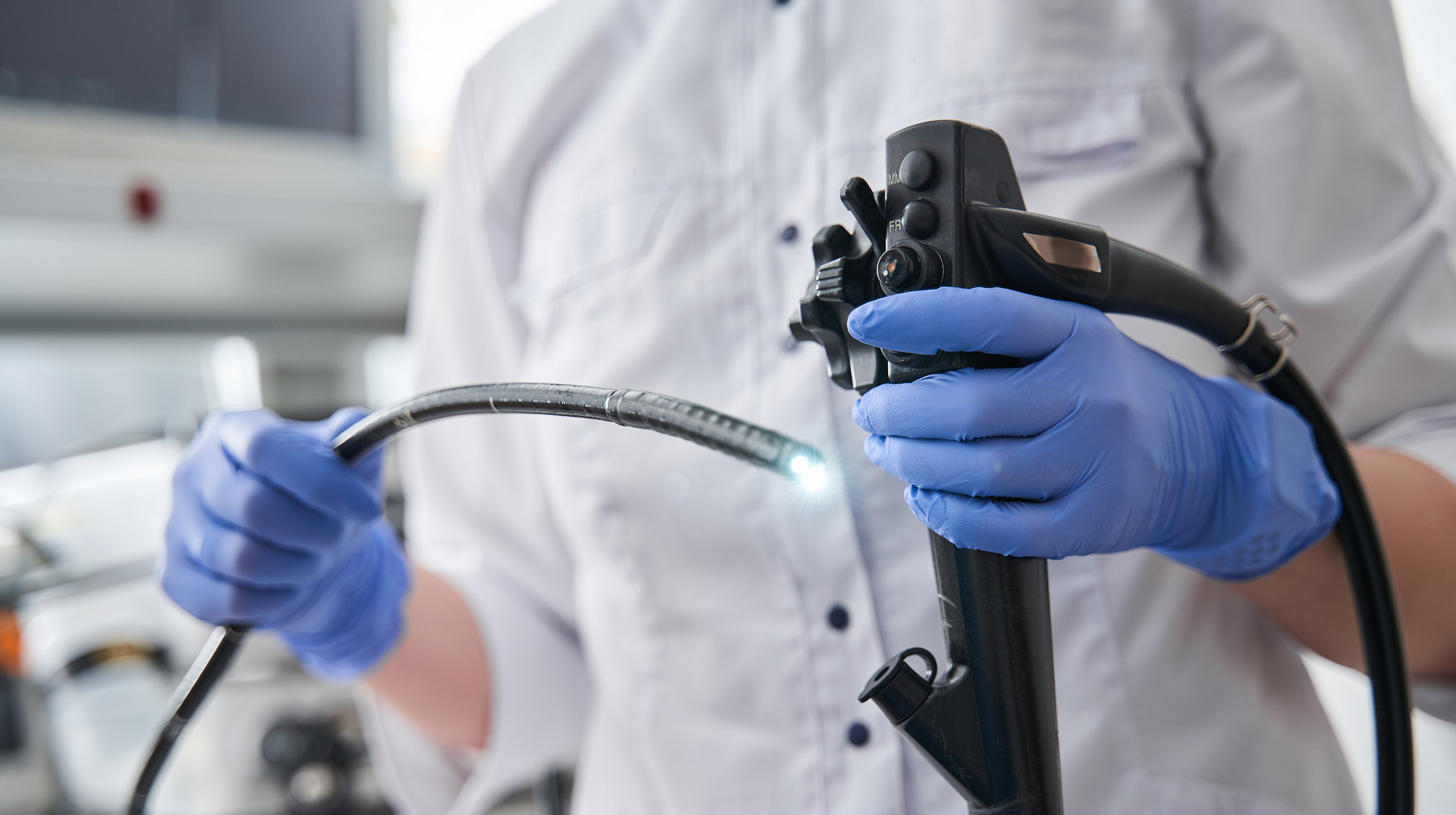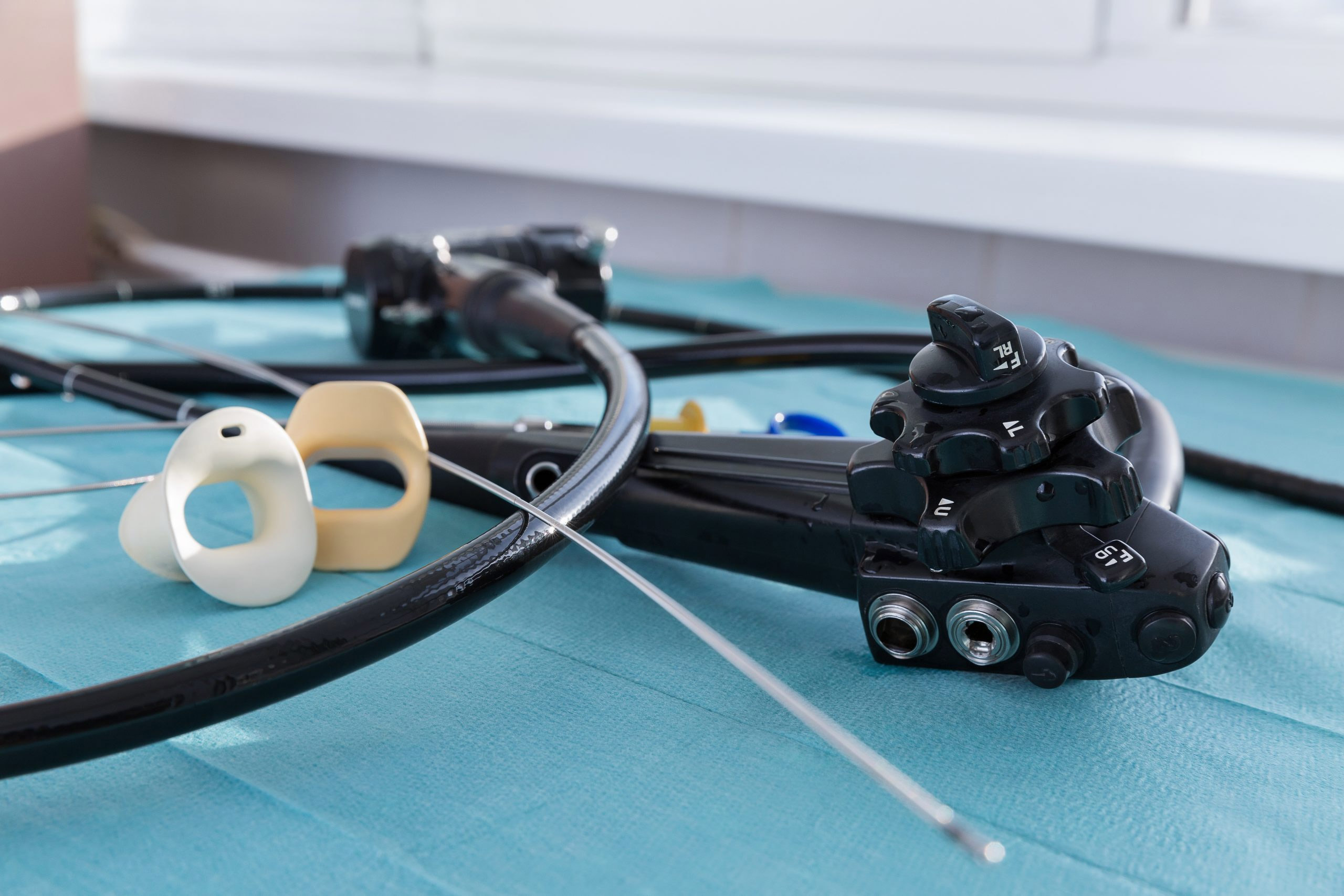
When conducting outbreak investigations, it is crucial to consider ancillary equipment such as irrigation plugs as a potential source of infection.
That’s one conclusion to be drawn from recent research detailed in the Journal of Hospital Infection. Investigators detailed a case at the University Hospitals of Leicester in the UK, where irrigation plugs were determined to be the cause of an infection outbreak associated with 15 cystoscopy procedures.
Irrigation Plugs Exposed
Irrigation plugs, which control the flow of irrigation fluid during a cystoscopy, were contaminated with Pseudomonas aeruginosa, a bacteria known to cause infections in the blood and lungs.
The bacterial contamination came to light when the hospital's microbiology laboratory identified two severe patient cases. The irrigation plugs were not disassembled during sterile processing, per the manufacturer's recommendations. Those instructions also included thorough cleaning and interior wiping, investigators found.
The manufacturer's sterilization instructions also suggested autoclaving, but that was incompatible with UK standards. Instead, the staff used an automated endoscope washer disinfector to clean the plugs.
Swift Action and Manufacturer Response
Upon discovering this issue, the hospital suspended all cystoscopy procedures and implemented stricter control measures.
The changes included buying a low-temperature hydrogen peroxide sterilizer specifically for cystoscopes. The hospital also retrained all staff in the sterile processing department on the correct disassembly, cleaning, disinfection, and sterilization of both irrigation plugs and cystoscopes before reusing them.
The problem, however, persisted when cystoscopy procedures resumed in September 2020, leading to the hospital reporting the issue to governing officials, who subsequently contacted the manufacturer.
In 2021, the manufacturer issued new reprocessing instructions emphasizing device disassembly before decontamination and introducing enhanced sterilization methods. They also issued a field safety notice to alert providers about the potential risk of patient infections if they didn’t follow reprocessing procedures.
Single-use cystoscopes reduce the risk of cross-contamination. One study found that single-use cystoscopes led to fewer post-procedure complications and infections compared with procedures performed with a reusable scope.
Related Articles
What Was the Source of Infection in a Pseudo-Outbreak Among Urology Patients?
Contaminated Rinse Water Causes Pseudo-Outbreak in China


